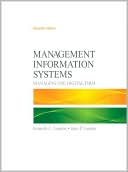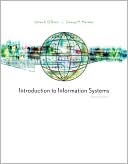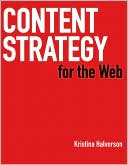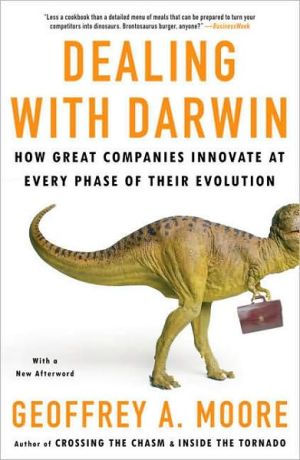Innovation Nation: How America Is Losing Its Innovation Edge, Why It Matters, and How We Can Get It Back
Search in google:
Not long ago, Americans could rightfully feel confident in our preeminence in the world economy. The United States set the pace as the world's leading innovator: from the personal computer to the internet, from Wall Street to Hollywood, from the decoding of the genome to the emergence of Web 2.0, we led the way and the future was ours. So how is it, bestselling author and leading expert on innovation John Kao asks, that today Finland is the world's most competitive economy? That U.S. students rank twenty-fourth in the world in math literacy and twenty-sixth in problem-solving ability? That in 2005 and 2006 combined, in a reverse brain drain, 30,000 highly trained professionals left the United States to return to their native India?Even as the United States has lost standing in the world community because of the war in Iraq, Kao warns, the country is losing its edge in economic leadership as well. The future of our prosperity, and of our national security, is at serious risk. But it doesn't have to be this way. Based on his in-depth experience advising many of the world's leading companies and studying cutting-edge innovation "best practices" in the most dynamic hot spots of innovation both in the United States and around the world, Kao argues that the United States still has the capability not only to regain our competitive edge, but to take a bold step out ahead of the global community and secure a leadership role in the twenty-first century. We must, though, take serious and concerted action fast.First offering a stunning, troubling portrait of just how serious is the erosion in recent years of U.S. competitiveness in innovation, Kao then takes readers on a fascinatingtour of the leading innovation centers, such as those in Singapore, Denmark, and Finland, which are trumping us in their more focused and creative approaches to fueling innovation. He then lays out a groundbreaking plan for a national innovation strategy that would empower the United States to actually innovate the process of innovation: to marshal our vast resources of talent and infrastructure in the particular ways that his studies of innovation have shown lead to transformative results.Innovation Nation is vital reading for all those Americans who are troubled by the great challenges the United States faces in the ever-more-competitive economy of our twenty-first-century world. Publishers Weekly Alarmed by the lack of innovation in the United States today, former Harvard Business School professor and current consultant Kao diagnoses the situation, describes best practices, explains how innovation works and puts forth a strategy proposal, all in an "attempt to squirt ice water in America's ear." Kao-who has been an entrepreneur, a psychiatrist, an educator and a pianist for Frank Zappa-is clearly passionate about his premise. Aimed primarily at policy makers and legislators, his three-pronged agenda is designed to help the government create a culture "committed to constantly reinventing the nature of its innovation capabilities." However, his authoritative and history-rich book is not necessarily useful to the everyday reader, as Kao includes few small-scale strategies. His one effort to bring this down to the citizen's level-in fictional short stories about the future-is a little contrived, jamming in statistics and leaning on flashbacks. But overall, the book does its job. The question is, will lawmakers look at it and follow its lead? (Oct. 2)Copyright 2007 Reed Business Information
Introduction 1Bringing Innovation to Innovation 15Silent Sputnik 29The New Geography of Innovation 53Making Talent 83Seducing Talent 113The Importance of Place 129The "Us" in USA 153Welcome to the Future 183A National Innovation Agenda 217What's Good for the World Is Good for America 239Epilogue 271Notes on Sources 275Acknowledgments 293Index 297








